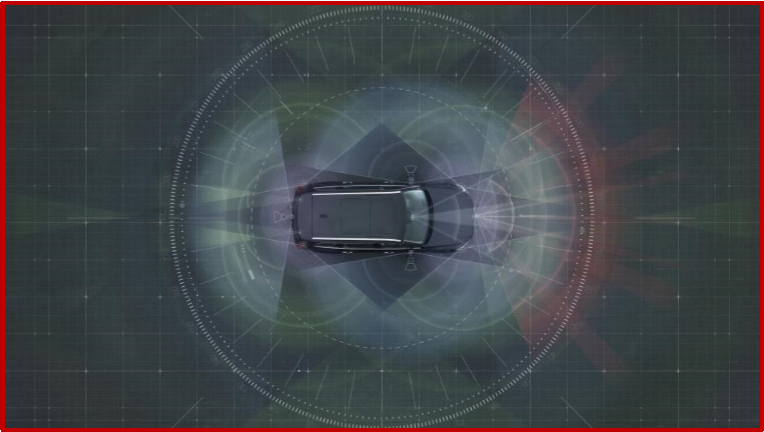
As a part of the autonomous driving project Drive Me, Volvo Cars will use self-driving cars in real traffic – with ordinary people in the driver’s seat. Exact positioning and a complete 360° view of the car’s surroundings by radars, cameras and laser sensors. A network of computers processes the information, generating a real-time map of moving and stationary objects in the environment.
There are “significant legal implications” of autonomous vehicles, according to a new report by Borden Ladner Gervais. Based on studies and opinions from a variety of third-party sources, this report categorizes the issues, defines which economic sectors are most likely to be affected, and discusses the possible implications for each sector. BLG is full-service Canadian law firm focusing on business law, commercial litigation and arbitration, and intellectual property. (See Autonomous Vehicles: Revolutionizing Our World)
“While experts are not in agreement yet as to when fully autonomous vehicles will be on our roads, there is consensus on some of the challenges and opportunities they are driving, including the implications for product liability and other areas of the law; and the framework under which the insurance industry operates,” said Robert Love, partner in BLG’s Insurance and Tort Liability Group and national leader of BLG’s Automotive Sector. “The introduction of autonomous vehicles may create the impetus, and indeed necessity, to enact new legislation addressing both regulatory issues and the changing liability landscape.”
BLG’s report provides an overview of the technology used in autonomous vehicles, addresses the need for international standards, explores potential roadblocks to adoption and the resulting fundamental shifts across society. It also looks at the changes in specific industries, including how the tech and healthcare industries stand to benefit, while others, such as municipalities, transportation and even hotels will face economic challenges.
“We trust that this white paper will help readers appreciate the broad impact autonomous vehicles will have, as well as enable them to identify and approach the issues affecting their sectors in a knowledgeable way,” said Kevin LaRoche, partner in BLG’s Intellectual Property practice and author of the report. “Challenges around risks, including legal and cybersecurity risks, will need to be carefully considered and resolved before widespread adoption occurs.”

